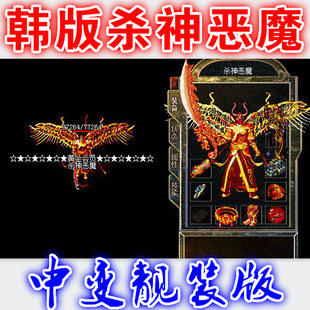176复古: Understanding the Vintage Appeal and Its Cultural Significance
176复古, or 176 Vintage, refers to a style that celebrates the aesthetics and trends of past eras, particularly in fashion, music, and design. The allure of vintage can often be attributed to nostalgia, a desire for authenticity, and a quest for unique personal expression. In a fast-paced world dominated by modern technology, many people are drawn to the simplicity and charm of vintage elements, which often tell a story of their own. The resurgence of vintage fashion and decor reflects a societal movement towards sustainability, as individuals seek to reduce waste and cherish the craftsmanship of former times. This article delves into the meaning behind 176复古, exploring its significance in todays culture, its influence on art and design, and its role in shaping personal identity.

The Characteristics of 176 Vintage Style
When discussing 176复古, it is essential to understand the quintessential characteristics that define this vintage style. Typically, vintage items showcase designs, cuts, and materials that were popular during specific periods, often ranging from the 1920s to the early 2000s. The focus is not only on the aesthetic but also on how these pieces capture the essence of their time. For instance, clothing from the 60s may embody bold prints and a sense of rebellion, reflecting the social changes occurring during that era. The charm of vintage lies in its diversity; whether it is mid-century modern furniture, retro accessories, or classic vinyl records, each item holds a unique historical context, allowing individuals to curate personalized spaces and wardrobes. The rising popularity of thrift shopping and vintage markets also underscores a broader cultural appreciation for sustainability and the stories embedded in these older items.
176复古 in Contemporary Culture
In today’s context, 176复古 transcends being merely a fashion statement; it also serves as a form of artistic expression that resonates deeply with many. Artists and designers often draw inspiration from vintage elements to create contemporary works that evoke a sense of nostalgia while remaining relevant. This blend of old and new creates a captivating dialogue within modern design, challenging the fast-fashion model and encouraging consumers to invest in timeless, quality pieces. Additionally, the digital age has made it easier than ever to access vintage items, as online platforms and social media celebrate retro aesthetics. Influencers and content creators frequently showcase vintage clothing, home decor, and music from past decades, introducing a new generation to the joys of 176复古. The impact is profound: individuals are not just purchasing items but are also embracing a lifestyle that values history and authenticity.
In summary, 176复古 encapsulates a significant cultural phenomenon that intertwines nostalgia with modernity. Whether through fashion, art, or lifestyle choices, vintage elements invite a deep appreciation for past eras while allowing individuals to express their unique identities today. Understanding this diverse phenomenon enhances our recognition of how historical context and personal expression intersect within the ever-evolving landscape of contemporary culture.
Q&A
Q: Why has vintage fashion become so popular in recent years?
A: The popularity of vintage fashion is primarily driven by a growing desire for authenticity, sustainability, and unique self-expression. As consumers become more conscious of the environmental impact of fast fashion, many are turning to vintage items as a way to reduce waste and seek out distinctive, quality pieces that often tell a story.
Q: How can I incorporate 176复古 into my personal style?
A: To incorporate 176复古 into your style, start by exploring vintage stores and thrift shops to find unique pieces that resonate with you. Pair vintage items with modern clothing to create an eclectic look that reflects your personality. Additionally, consider using vintage accessories or decor in your home to enhance your environment with a nostalgic touch.

176复古: Understanding the Vintage Appeal and Its Cultural Significance:目前有0条评论